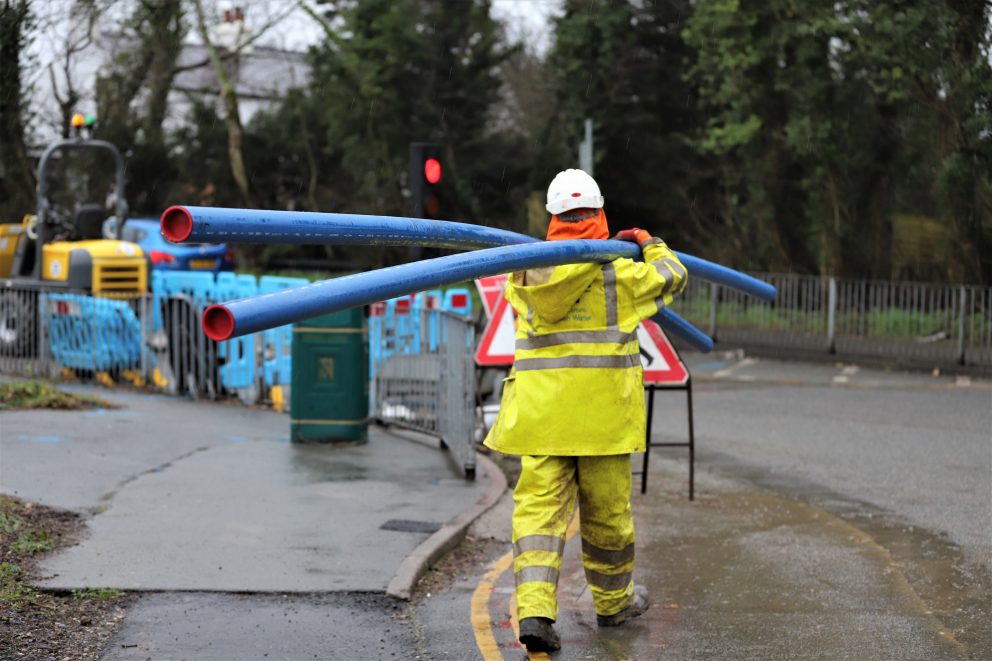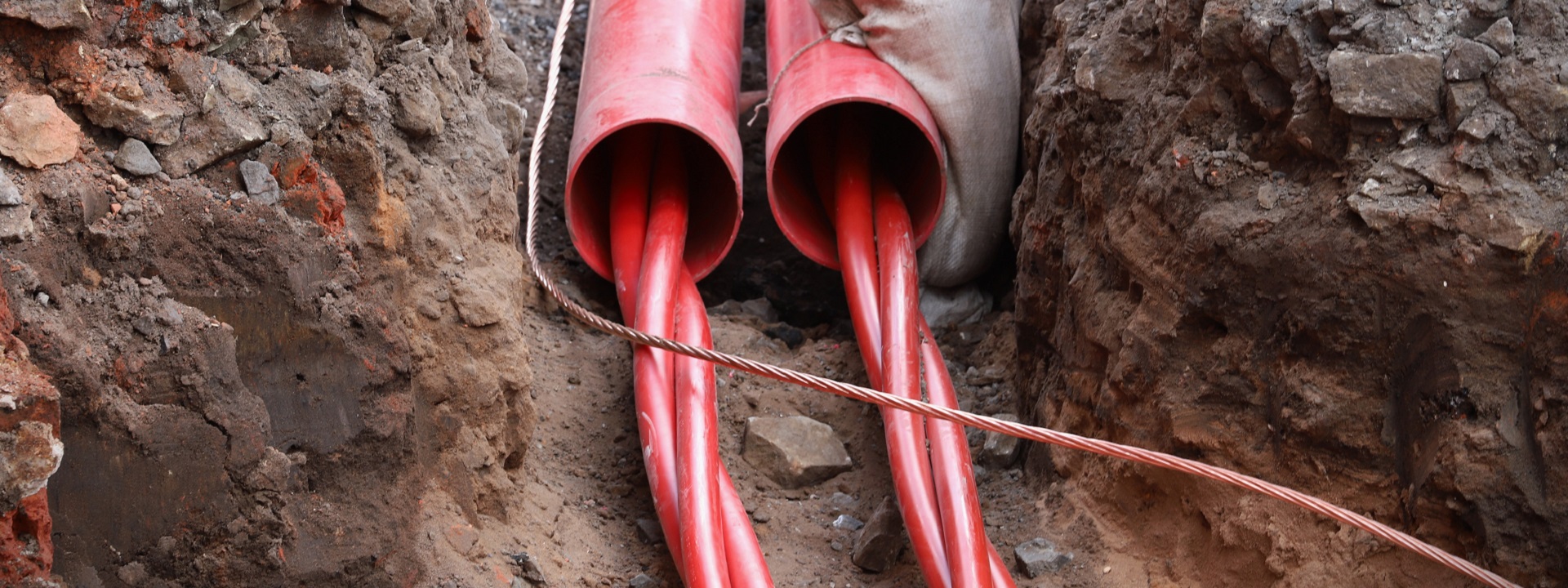
If you need to install a new electricity connection, you can rely on us to remove the hassle and complexity of dealing with this process.
Whether you are looking for a temporary connection for a building project, or for a permanent connection to a domestic property or small or large business, we are here to assist you every step of the way.
As an independent provider, we work across all networks and provide new connections, relocations, upgrades and disconnections for domestic, commercial or industrial customers.
Every project is unique, but our team of experts are here to walk you through the process and explain everything you need to know. Their goal is to make the process as simple as possible.
We provide a straightforward, efficient and customer-focused service across all electricity services, including the following:
To find out how we can assist you, call us on 0800 028 6240
Each and every project is unique, so we are unable to give an immediate price. The cost can be affected by the size of the connection you need, the distance from the property to the nearest point of connection to the electricity main, and the complexity of the works. Give one of our project specialists a call today and we will co-ordinate the entire process for you.
We have guaranteed standards of performance to meet in providing quotations, ranging from 5 working days to 65 working days. For small projects, these timescales are usually at the lower end of the range. These are deadlines, not targets, and we will always endeavour to provide quotations as quickly as possible.

A Meter Point Administration Number (MPAN) is used to identify individual electricity supply points. It is usually a 21-digit number with the letter ‘S’ at the beginning and is displayed in a grid.
Kilovolt-ampere (kVA) is the measurement for your agreed supply capacity. This refers to the capacity of the network cables. The amount required for your cable installation work is agreed between you and the distribution company
DNOs, are companies licensed to distribute electricity in Great Britain by the Office of Gas and Electricity Markets.
There are fourteen licensed, geographically defined areas, based on the former area electricity board boundaries, where the distribution network operator distributes electricity from the transmission grid to homes and businesses. Under the Utilities Act 2000 they are prevented from supplying electricity; this is done by a separate electricity supply company, chosen by the consumer, who makes use of the distribution network.
Distribution network operators are also responsible for allocating the core Meter Point Administration Number used to identify individual supply points in their respective areas, as well as operating and administering a Meter Point Administration System that manages the details relating to each supply point. These systems then populate ECOES, the central online database of electricity supply points.
Independent Distribution Network Operators (IDNOs) develop, operate and maintain local electricity distribution networks.
IDNO networks are directly connected to the Distribution Network Operator (DNO) networks or indirectly to the DNO via another IDNO.
An agreed amount of electrical load for a property, as stated in the property’s Connection Agreement with the local Distribution Network Operator (DNO)
It is the sum of the annual consumption of all meters on a site. This comes from National Grid, and is based on historical usage from previous years. Measured in kWh (electricity) or Therms (gas). Supply Point AQ is the total annual consumption of all meters on a site. Meter Point AQ is the AQ for a particular Meter Point.
Where a site consumes electricity as opposed to generating and exporting power. Import is the most common type of site.
Electrical transformers are used to transform electrical energy. How they do so is by altering voltage, generally from high to low. Because power often has to travel long distances, it is transformed first into a more manageable state. It is then transformed again and again, or “stepped down,” repeatedly as it gets closer to its destination.
You would need a transformer at your site if there is not enough capacity in the passing main.
Three phase and single phase are electricity supplies and it’s the amount of power that is different. A single phase supply is smaller than a three phase supply. Most domestic houses with gas central heating need single phase and have this as standard. If you require two or more electricity meters then you need a three phase connection.
To be entirely sure if you need three phase, we recommend that you speak to a qualified electrician first who will be able to assess all the equipment you will be running and determine how much power you need.
The best way to tell if a property has a three phase supply is by looking at the electrical fuse (sometimes called electricity supply, service head, cut out). Typically a single phase will have one fuse and a three phase service will have three 100amp fuses.
If you would like one of our team to get in touch regarding any of our services, or you have a question you’d like answering, please fill in your details below and we will get back to you as soon as possible.